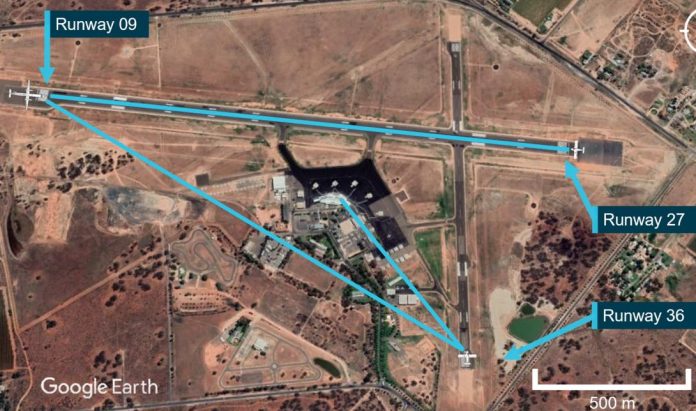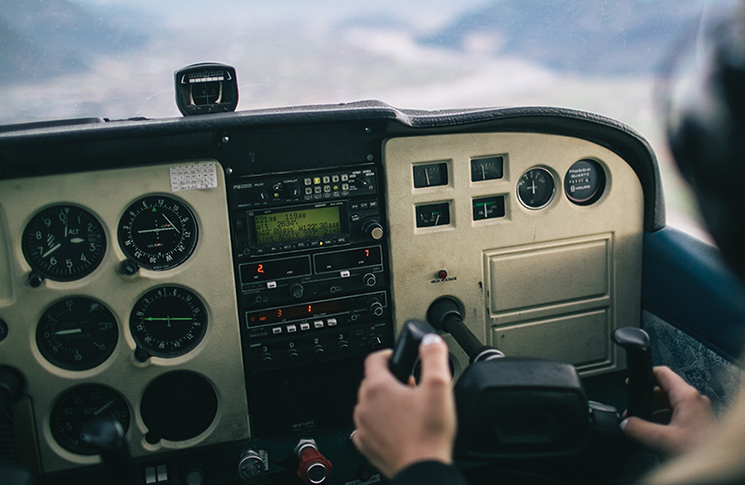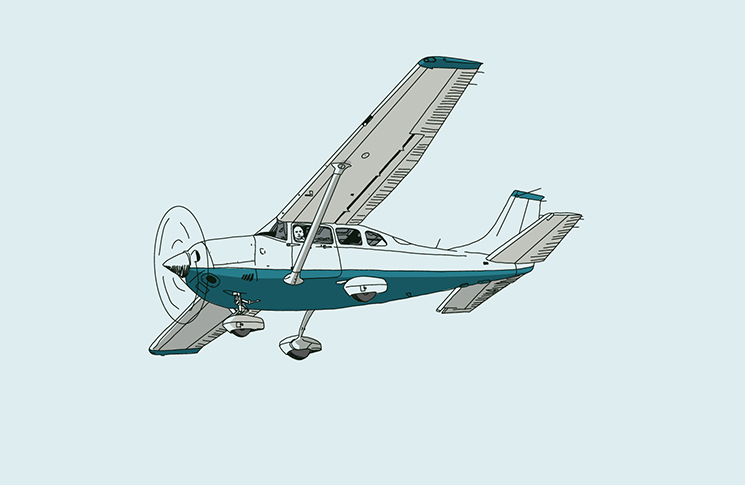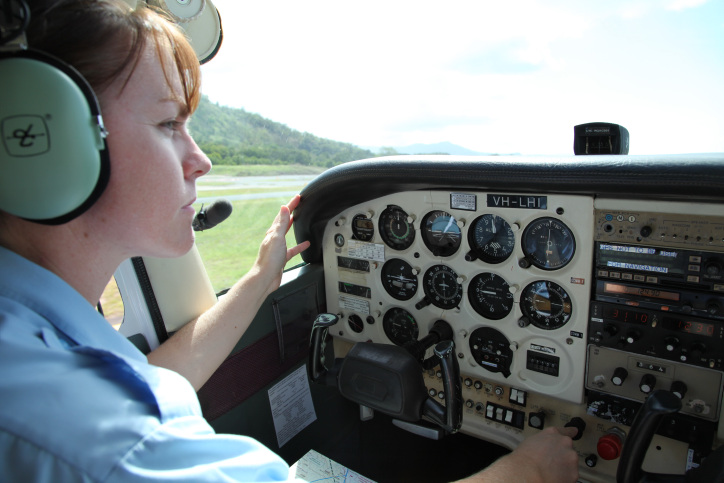Two aircraft taking off from intersecting runways at the same time from Mildura Airport in Victoria almost collided, an ATSB report says.
During the 6 June 2023 incident, a Piper PA-28 Cherokee was conducting a solo private flight to Broken Hill, while a QantasLink Dash 8 with 3 crew and 33 passengers was departing on a scheduled service to Sydney.
The Cherokee had taxied to the threshold of runway 36, while the Dash 8 had taxied to the threshold of runway 09.
Both aircraft had made the required mandatory calls on the CTAF. However, the pilot of the Cherokee had incorrectly identified Mildura’s runway 36 as ‘runway 35’.
This occurred while the Dash 8’s pilots were obtaining their pre-departure information from air traffic control and had the volume turned down on the CTAF radio.
Incorrect runway identification
In addition, the Dash 8 crew only received certain elements of the Cherokee’s calls due to an over transmission from air traffic control.
The incorrect runway identification compounded with these factors to create an incomplete comprehension of local traffic in the Dash 8 crew’s mental models – specifically, both Dash 8 pilots did not believe that the Cherokee was at Mildura, given the nearby Wentworth Airport also uses the same CTAF.
Additionally, when the Cherokee was ready for its take-off roll on runway 36, its pilot believed the Dash 8 would still be backtracking on runway 09 – but the Dash 8 was in fact also about to begin its take-off roll.
Subsequently, both aircraft began take-off rolls towards the intersection of their respective runways, and the Dash 8 passed about 600 metres in front of the Cherokee.
Rolling calls now mandatory at Mildura
The report says the pilot of the Cherokee gave a rolling call on the CTAF at the start of their roll, while the Dash 8 crew did not – but that rolling calls are not mandatory.
However, due to terrain and buildings at Mildura Airport, aircraft are not directly visible to each other on the thresholds of runways 09, 27 and 36.
‘With the inability to see another aircraft when each aircraft is at the threshold at Mildura Airport, the lack of a requirement for mandatory rolling calls increased the risk of aircraft not being aware of each other immediately prior to take-off,’ ATSB Director Transport Safety Dr Stuart Godley said.
Since the incident, Mildura Airport established a permanent requirement as of 4 April 2024 for mandatory rolling calls from all aircraft immediately prior to take-off due to the increased risk of aircraft not being aware of each other.
In addition, QantasLink has made rolling calls part of the minimum requirements for operations at CTAF aerodromes.
Pilots can guard against occurrences like this one by making the recommended broadcasts when in the vicinity of a non-controlled aerodrome, actively monitoring the CTAF while maintaining a visual lookout for other aircraft and constructively organising separation through direct contact with other aircraft, and ensuring transponders, where fitted, are selected to transmit altitude information, Dr Godley said.
While the ATSB did not identify radio interference or shielding as contributing to this occurrence, another ongoing investigation into a similar event that occurred at Mildura later in 2023 is considering these factors.
Flight Safety Australia has published several stories on radio calls which would be worth rereading in conjunction with this report.
More tips about radio calls can be found on the Pilot safety hub.






Actually where there are cross strip airports (less these days as councils are too lazy to mow cross strip and we loose cross strips) I think manditary rolling calls should be the law. I only fly tail wheel these days and always consider the cross strip add to safety.
How about we don’t use the same frequency for all the CTAFs in the area? Causes confusion in most places I’ve been in rural Australia.
Be fastidious making a call before taxing, backtracking ,rolling etc ; Using the ERSA identifying name of the airstrip location before and immediately after finishing each call does eliminate the need for changing frequency for all CTAF’s. Many farms and stations have private unregistered strips often using the same CTAF where again, a clear location / property name helps to eliminate confusion.